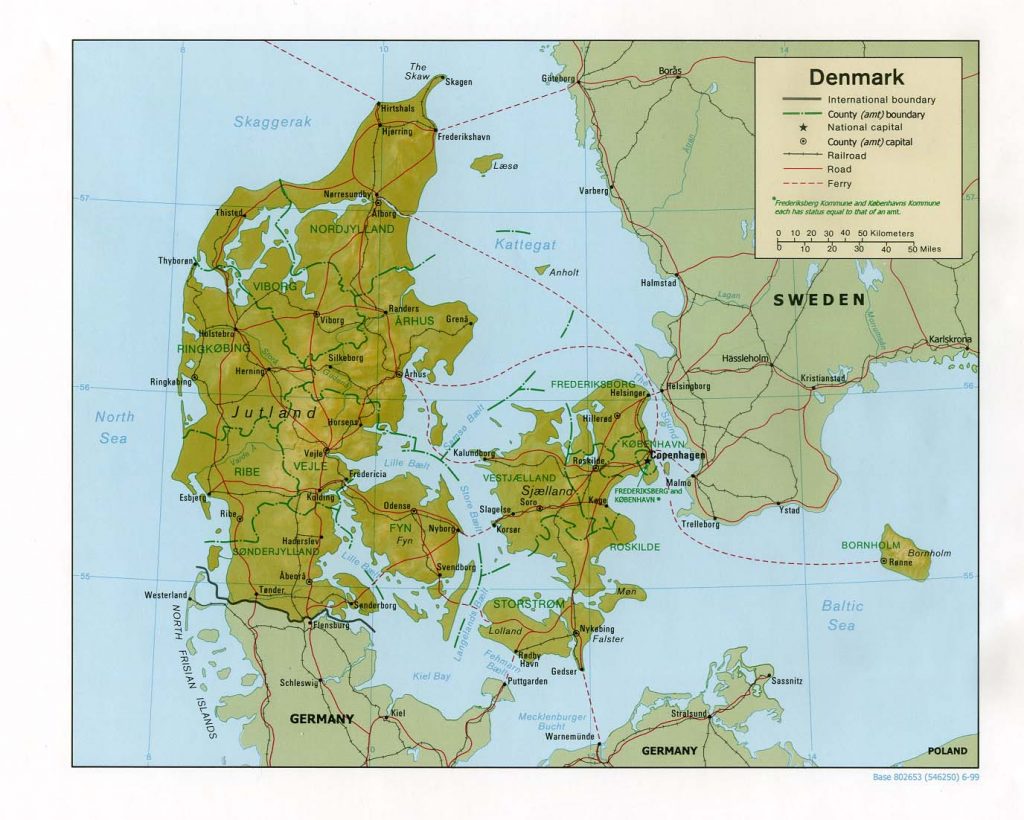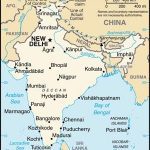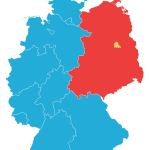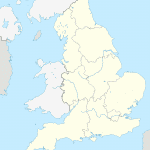(UT History faculty come from all over the world. Here are their stories.)

Map of Denmark (via Wikimedia)
Being an immigrant has always been part of my story. More than 50 years ago, my parents left their home country in search of a better life. They ended up in the small country of Denmark in northern Europe. And it’s small: if you take a map and draw a line connecting Dallas, Houston, and San Antonio – well, Denmark fits within that triangle – and its population is less than those three cities combined. Like many European countries, Denmark did not have a tradition for welcoming immigrants. It was not part of the country’s DNA. My strange name, my parents’ accent, and our different foods made me stand out. I was a foreigner despite having been born there. Even though we were citizens, my family didn’t quite belong; didn’t really feel at home.
Perhaps because I had this feeling of being different, I developed a fascination with history very early in my life. Much like you and I have personal histories – experiences that we can point to as having shaped us – communities and societies also have stories that define them. To me the past is the key to understanding who we are as individuals and as community members. By the time I graduated from high school, I had decided that I wanted to become a professional historian, a teacher and researcher. After finishing my undergraduate degree in Denmark, I spent two years at Brandeis University near Boston, before I went to the University of Toronto for my doctorate in History.
Over nine years ago, I started my job as a professor teaching history at the University of Texas at Austin. My specialization is war and violence in the twentieth century, specifically the Second World War. It is a great privilege to be a teacher and a mentor to my students. This past January, I became an American citizen and am proud to take on the responsibilities that follows with that privilege.



